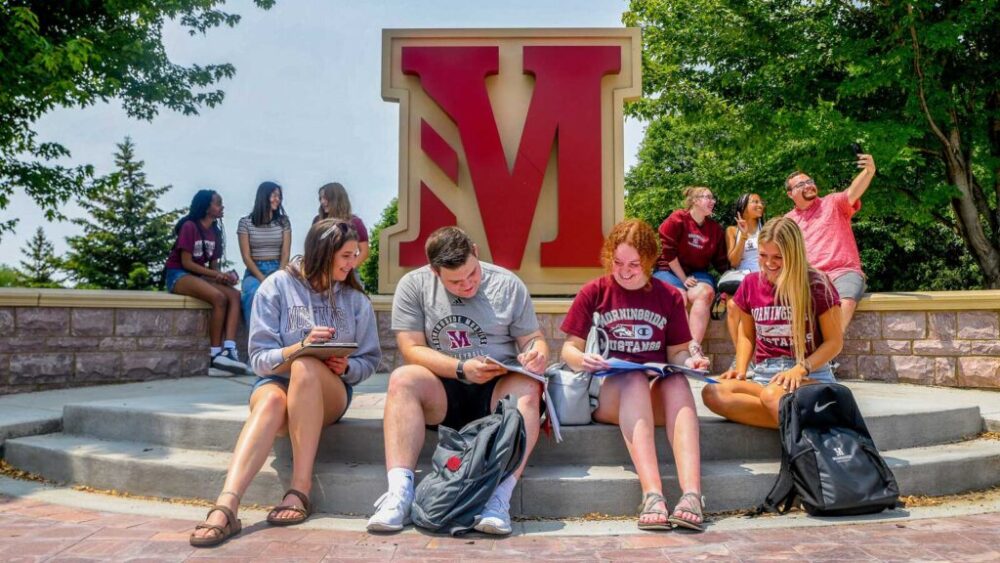Morningside University has received a $2.76 million grant to expand its research capabilities across campus. (Photo courtesy of Morningside University)
Morningside University in Sioux City is hoping to become a model for small, private colleges looking to expand their research capabilities with the help of a $2.76 million grant from the National Science Foundation.
The five-year grant will allow the university to establish an Office of Sponsored Programs, in which a three-person team will work to coordinate and facilitate research grant applications and work.
A director will oversee the new department, one staff member will monitor how grant dollars are used and handle reporting after funds are awarded and the last will develop collaborative partnerships with other universities, community colleges, K-12 schools and other organizations for projects.
Brian McFarland, who will start in his new position as director of the office in January, said this grant won’t just help Morningside itself grow its research capacity, but it also could help the university serve as an example and help to other colleges hoping to do the same.
“We think that this will be a really good opportunity to not only use our research to really help to benefit our students, but also to help on a larger scale as well,” McFarland said.
GET THE MORNING HEADLINES DELIVERED TO YOUR INBOX
Over the past four years, Morningside has made more of a concerted effort to seek grants for research projects, McFarland said, and has received a total of about $10 million through different awards. Much of the research so far has been focused on education, from new ways of teaching STEM students to developing nurse practitioners and teachers for English language learners.
While seeing the enthusiasm from different departments and faculty members has been wonderful and successful in terms of receiving grants, McFarland said the university’s current infrastructure needs to be bolstered in order to handle all of the work that comes after the grant is awarded. That includes jobs ranging from purchasing needed materials and equipment and handling other financials to reporting back to the organizations awarding the funding.
A kind of “culture of grant-seeking” has spread across campus, McFarland said, with the agriculture, aviation and other departments showing interest in finding research opportunities.
“We’re seeing more and more departments want to get involved,” McFarland said. “And so that’s really kind of one of the goals of this, is to take that sort of contagious interest in grants across campus and really help to foster its spreading across to other areas.”
Students will feel the benefits of more research opportunities both in instruction from faculty and through the research they personally help to conduct, McFarland said. As some of the research being conducted at the university currently is focused on different ways of educating students, instructors are able to bring what they learn into the classroom to give their classes a better experience, he said.
McFarland said faculty receiving grants for research often means that undergraduates will become involved as well, advancing their knowledge and skills that they’ll be able to bring into further education or careers down the line.
“If we have people, faculty members across campus, getting research grants to do academic research in their fields, then that’s going to have a direct benefit for the students, because the students themselves will have more research opportunities,” McFarland said.
SUPPORT NEWS YOU TRUST.

